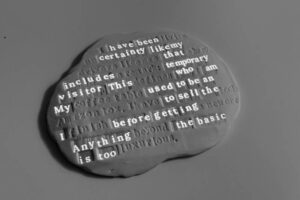![]()
Apple wants to keep smartphone photos true to reality and doesn’t want to go as far as some of its competitors, such as Google’s Magic Editor.
During an interview with The Wall Street Journal about Apple Intelligence, the company’s senior vice president of Software Engineering Craig Federighi said, “It’s important to us that we help purvey accurate information, not fantasy.”
However, that hasn’t stopped Apple from rolling out Clean Up for iOS 18.1, a feature on the Photos app that lets users remove objects from an image.
“There was a lot of debate internally,” explains Federighi. “Do we want to make it easy to remove that water bottle or that mic because that water bottle was there when you took that photo?”
Federighi says there was “very very high” demand for an editing tool that removes “extraneous details” that don’t “fundamentally change the meaning” of the image.
However, Federighi says Apple is concerned about the technology and its effect on photography, which he says has a “great history.”
“How people view photographic content as something they can rely on is indicative of reality and our products, our phones, are used a lot and it’s important to us that we help purvey accurate information, not fantasy,” says Federighi.
When a change to a photo has been made the metadata is updated so that alterations are clearly marked.
While Clean Up is available on iOS 18, what iPhone users can’t do is add AI-generated elements into a picture the way Samsung and Google users can.
In PetaPixel’s review of the Google Pixel 9 Pro, editor-in-chief Jaron Schneider noted that when using the Magic Edtior, “We didn’t notice any kind of indication on-screen that an image was AI generated and the results that it outputs are very realistic; you would absolutely be able to pass them off as real to many average people.”
The debate around what is and what isn’t a photograph will conitinue on as these type of AI features proliferate across different platforms and devices.
Clean Up is part of Apple Intelligence which was much vaunted during the iPhone 16 launch; the first device built “ground up” for artificial intelligence. However, so far Apple’s AI features have been scarce.
“You could put something out there and have it be sort of a mess. Apple’s point of view is more like, ‘Let’s try to get each piece right and release it when it’s ready,’” adds Federighi.







 English (US) ·
English (US) ·